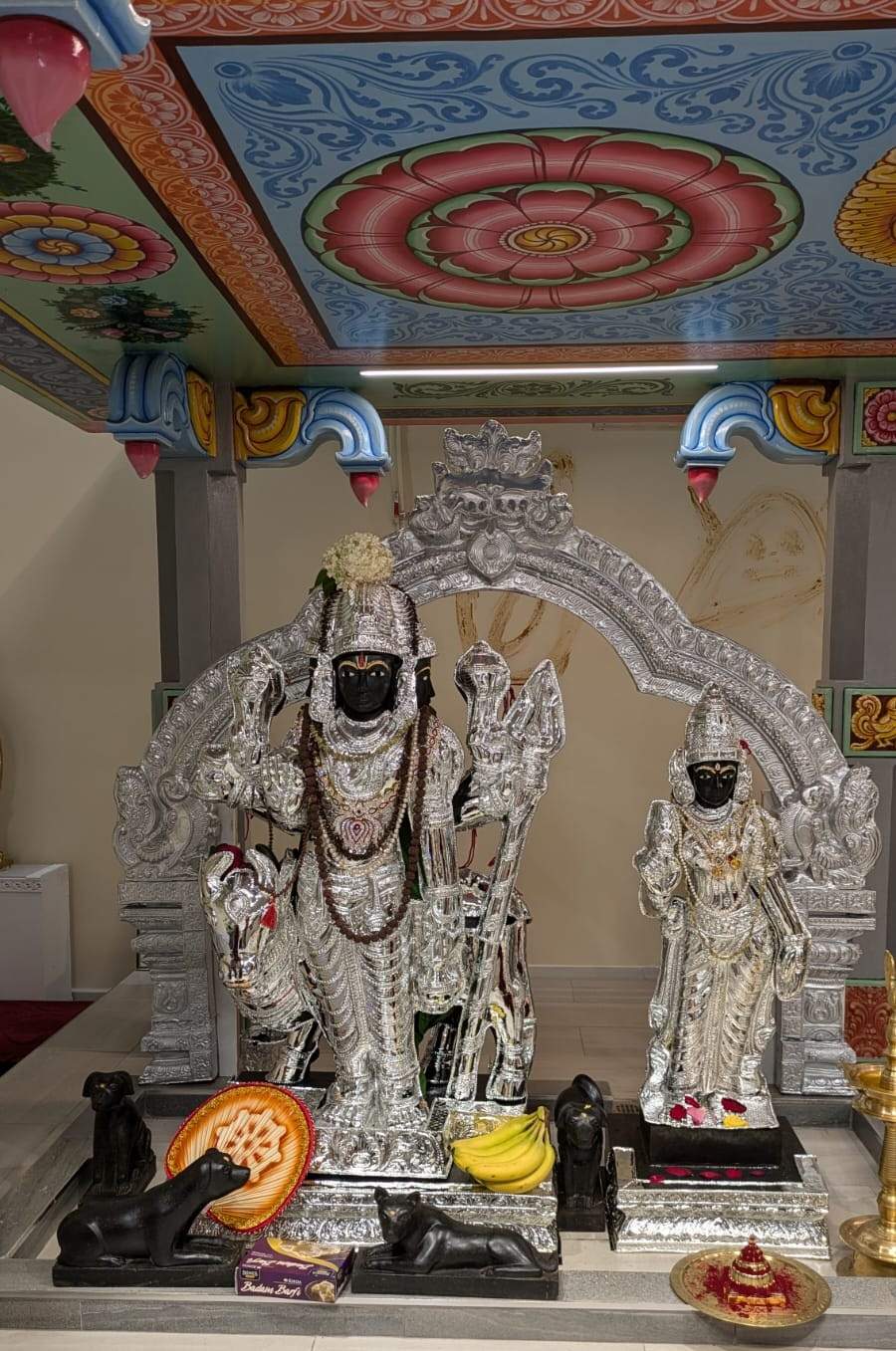
Guru Dattatreya, an iconic figure in the spiritual traditions of India, symbolizes the confluence of divine knowledge, enlightened wisdom, and the essence of guru-disciple relationships. His multidimensional persona, depicted as a single being embodying the trinity of Brahma, Vishnu, and Shiva, encompasses various philosophies that resonate deeply within the realms of Hinduism, Sikhism, and other traditions. This essay seeks to explore the life, teachings, symbolism, and cultural significance of Guru Dattatreya, shedding light on his status as one of the most revered spiritual figures in Indian history.
Historical Context and Life
The historical accuracy surrounding Guru Dattatreya’s life remains shrouded in mystique, with various texts attributing different timelines to his existence. However, he is most commonly associated with the Dattatreya Upanishad, part of the larger genre of Upanishadic literature, which elaborates on the nature of reality and the ultimate purpose of human existence. Various hagiographies, including *The Guru Charitra*, narrate tales of Dattatreya’s birth and his ascetic life, highlighting his extraordinary spiritual prowess from an early age. Born to sage Atri and his wife Anasuya, Dattatreya is said to be a manifestation of the three deities, blessed with unparalleled wisdom and psychic abilities.
The early life of Guru Dattatreya provides a fertile ground for understanding his teachings and the evolution of his followers. From an early age, he displayed an innate ability to transcend traditional boundaries of knowledge, often engaging in conversations not just with sages and scholars, but also with animals and the natural elements. This universal and inclusive aspect of his teachings has made him a beloved figure in many spiritual traditions, appealing to followers across a diverse array of social and cultural backgrounds.
Teachings and Philosophical Contributions
At the core of Guru Dattatreya’s teachings lies the importance of direct experience and realization of the Self. He emphasized the need for aspiring seekers to engage in deep meditation, self-inquiry, and ethical living as essential components of spiritual growth. He posited that true knowledge arises from within and that external rituals, while beneficial, should not overshadow the transformative potential of inner awareness.
One of the unique aspects of Dattatreya’s philosophy is his emphasis on humility and the recognition of the presence of the divine in all beings. Through his dialogues, he expounded upon the concept of *Nirguna Brahman*—the formless, attributeless aspect of the divine, which transcends all dualities. This teaching encourages individuals to perceive divinity not merely in specific forms but in the all-encompassing nature of existence.
Dattatreya also presented the idea of the *Sadguru*, or the true guru, who acts as a guiding light for seekers lost in the darkness of ignorance. He articulated that the relationship between guru and disciple is reciprocal; while the guru imparts knowledge, the disciple’s sincere devotion and readiness to learn create a fertile ground for spiritual awakening. His teachings often reflect a deep understanding of human psychology, recognizing the obstacles that individuals face on their spiritual journey, such as doubt, fear, and attachment.
Symbols and Iconography
In his representations, Guru Dattatreya is typically depicted as a serene figure with three heads, symbolizing his divine connection with the trimurti—Brahma, Vishnu, and Shiva. Each head embodies specific qualities: creation, preservation, and destruction. This visual representation serves not merely as an artistic depiction but also as a profound reminder of the interconnectedness of existence and the cyclical nature of life.
Further, Dattatreya is often portrayed with a variety of symbolic objects: a water pot (kamandalu), a rosary (mala), and a dog. The water pot signifies the nurturing of spiritual wisdom, while the rosary illustrates meditation and remembrance of the divine. The dog, often viewed as a creature of loyalty, represents the quest for truth and companionship on the spiritual path, reinforcing the notion that wisdom can be found in the most unexpected places.
Cultural Significance and Influence
Guru Dattatreya’s impact extends far beyond the realm of individual spirituality. He has played a pivotal role in shaping various sects and spiritual movements within India. The Goud Saraswat Brahmin community, particularly, venerates him as their primary deity, with numerous temples dedicated to his worship. Over time, he has emerged as a central figure in the Nath tradition, which emphasizes the importance of yogic practices and esoteric knowledge.
Moreover, Dattatreya’s teachings have transcended linguistic and geographical boundaries, leading to interpretations and adaptations in various spiritual currents. In Sikhism, for instance, some of his philosophies align closely with the teachings of the Gurus, emphasizing the oneness of God, egalitarianism, and the transformative power of love and compassion. His teachings have inspired countless mystics, saints, and poets, reiterating the continuity of his wisdom through generations.
Guru Dattatreya stands as a testament to the eternal quest for spiritual enlightenment and the pursuit of self-realization that transcends the confines of cultural and religious identities. His life and teachings continue to serve as a beacon of hope for countless seekers, encouraging them to cultivate wisdom, humility, and an unwavering commitment to the truth. In an increasingly fragmented world, where uncertainty often reigns, the essence of Dattatreya’s philosophy—embodied in love, compassion, and unity—remains profoundly relevant. Embracing his teachings allows individuals to navigate their spiritual paths while fostering a deeper understanding of the interconnectedness of all life, thereby laying the groundwork for a more compassionate and enlightened society.








